2023 has been a heck of a year for Microsoft and, more specifically, Windows. Windows 11 has been available for a little over two years now. And contrary to Microsoft's expectations, the operating system's adoption rate is stunted at best.
Admittedly, Microsoft has doubled down on its efforts to improve Windows 11's usability by often shipping new updates and neat features. In the same breath, Microsoft has deprecated 16 different Windows 11 features in 2023, including Cortana, WordPad, and more. And as it seems, more features are likely to hit the axe soon. Just a few days ago, the company decided to pull the plug on its Windows VR platform, Windows Mixed Reality.
Windows 11's slow adoption rate
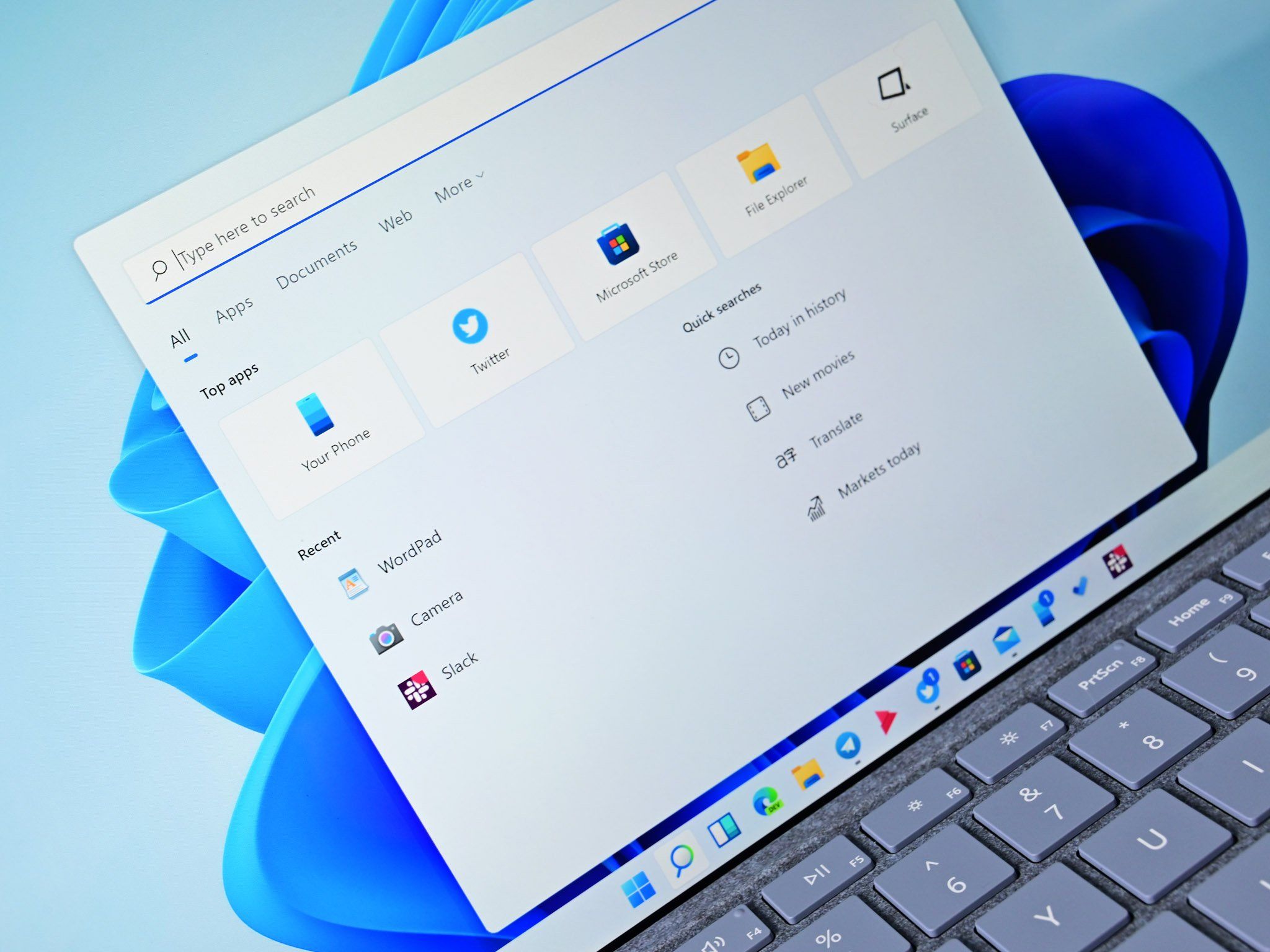
Many reasons can be attributed to the OS's slow adoption rate, but perhaps at the top of the list (at least for most people) might be Microsoft's strict minimum system requirements for the OS coupled with the dramatic shift in the PC market.
However, Microsoft shares a different account on paper, citing that Windows 11 is already running on 400 million devices, with projections of the figure shooting to half a billion by early 2024.
According to a survey conducted by StatCounter earlier this year, statistics show that the majority of Windows users many users still use and prefer Windows 10 over its successor. The survey indicated that Windows 10 takes up 71.9% of the market share, while Windows 11 staggered behind with a 22.95% stake.
As you might be aware, Microsoft is set to cut support for Windows 10 in October 2025. In a perfect world, users should have already started to make the transition to Windows 11, but this isn't the case entirely.
In the interim, users can continue running Windows 10 on PCs as it will continue receiving security and feature updates, though Microsoft recommends transitioning to Windows 11.
Windows 12: Is the world ready for fully-fledged AI-powered OS?
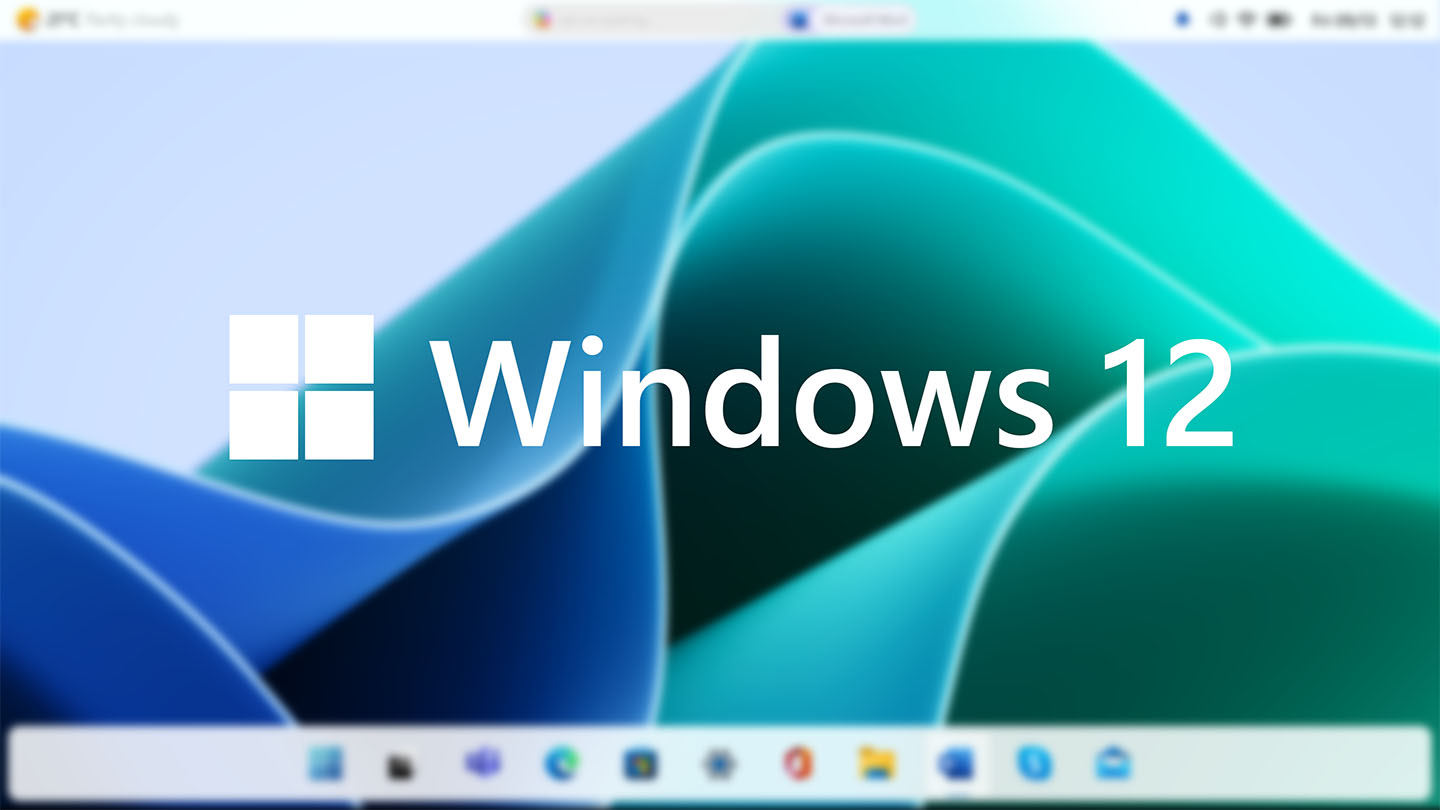
It's almost certain that Windows 12 is in production. Microsoft is placing all its bets on AI for Windows 12 once it's available (potentially next year during the Fall) owing to Microsoft's keen interest and heavy investment in generative technology. We already know quite a bit about the OS, and here's everything we know so far.
Microsoft cutting support of Windows 10 could harm its sustainability goals
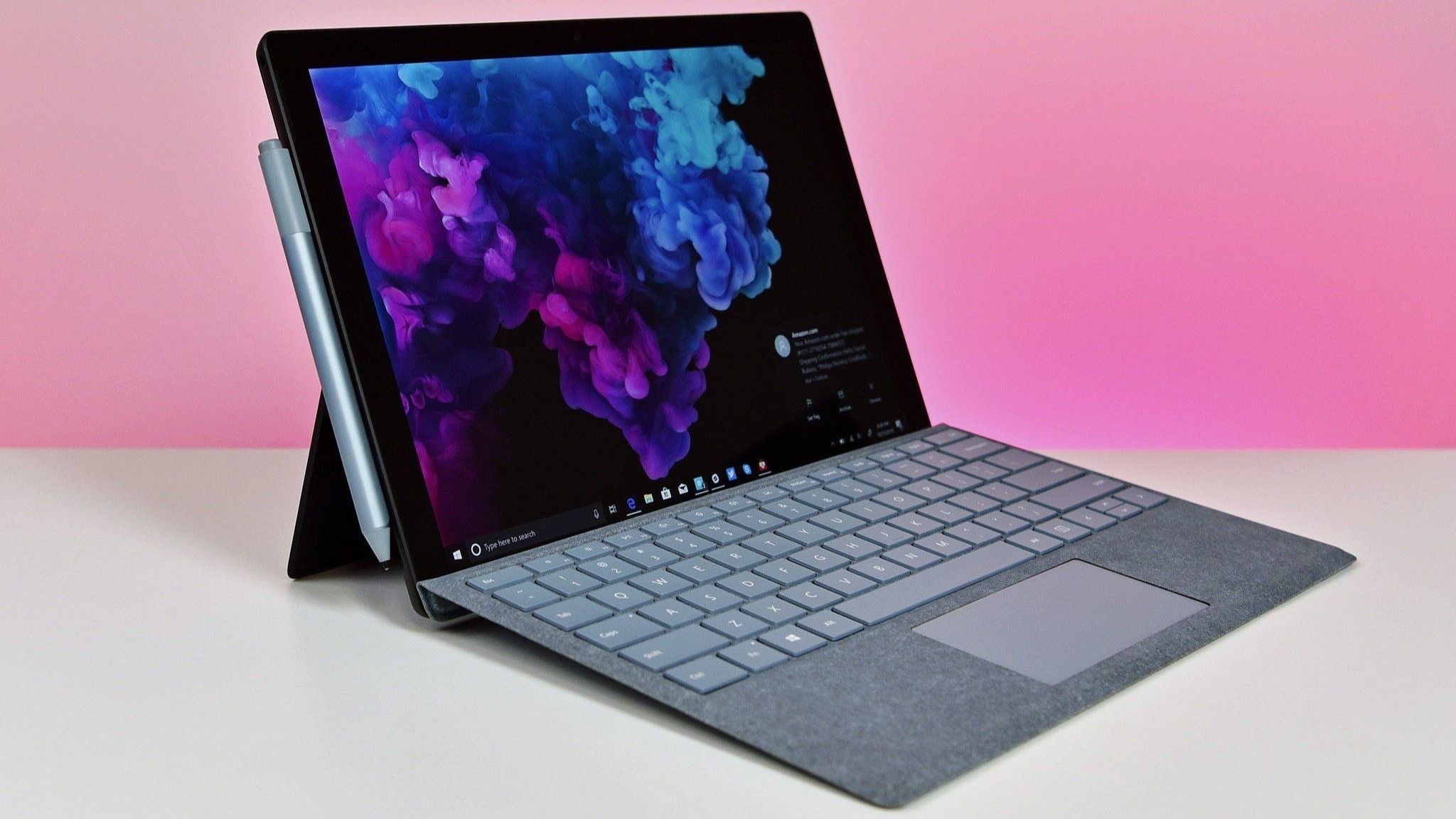
According to a new survey by Canalys, approximately 240 million Windows PCs could potentially wind up redundant after Microsoft officially pulls support for Windows 10, as spotted by Neowin.
It's still unclear how much users will have to pay to continue using Windows 10 well beyond its cut-off point (ideally, it shouldn't be much). Microsoft could potentially taint its image if a whopping 240 PCs end up being dumped, as this goes against its sustainability goals.
A workaround for Windows 10 users beyond 2025

A Public Interest Research Group (PIRG) recently filed a petition asking Microsoft to reconsider pulling support for Windows 10 in 2025. The group pointed out that will deter the company from its sustainable goals, further citing that the move would lead to "the single biggest jump in junked computers ever."
The interest group attributed this to the fact that about 40% of users are still running Windows 10 on their PCs and are yet to transition to Windows 11 because of its strict minimum requirements.
Shortly after the petition was filed, Microsoft announced an "extended security update" (ESU) program for Windows 10. The ESU program is essentially in place to allow users to pay for monthly security updates beyond Windows 10's end-of-support date.
This adds three years of continued support from Microsoft for Windows 10 after it officially cut support for the OS on October 14, 2025. Unlike in the past, where the program was exclusively available for commercial customers, this new arrangement will be available for everyone willing to pay for the extension, including consumer customers.
Come to think of it; this lines up perfectly with Microsoft's move to ship its AI-baked assistant Copilot to Windows 10 users. It seems Windows 10 will continue to lurk in the rearview mirror well beyond 2025 in this new age of AI.
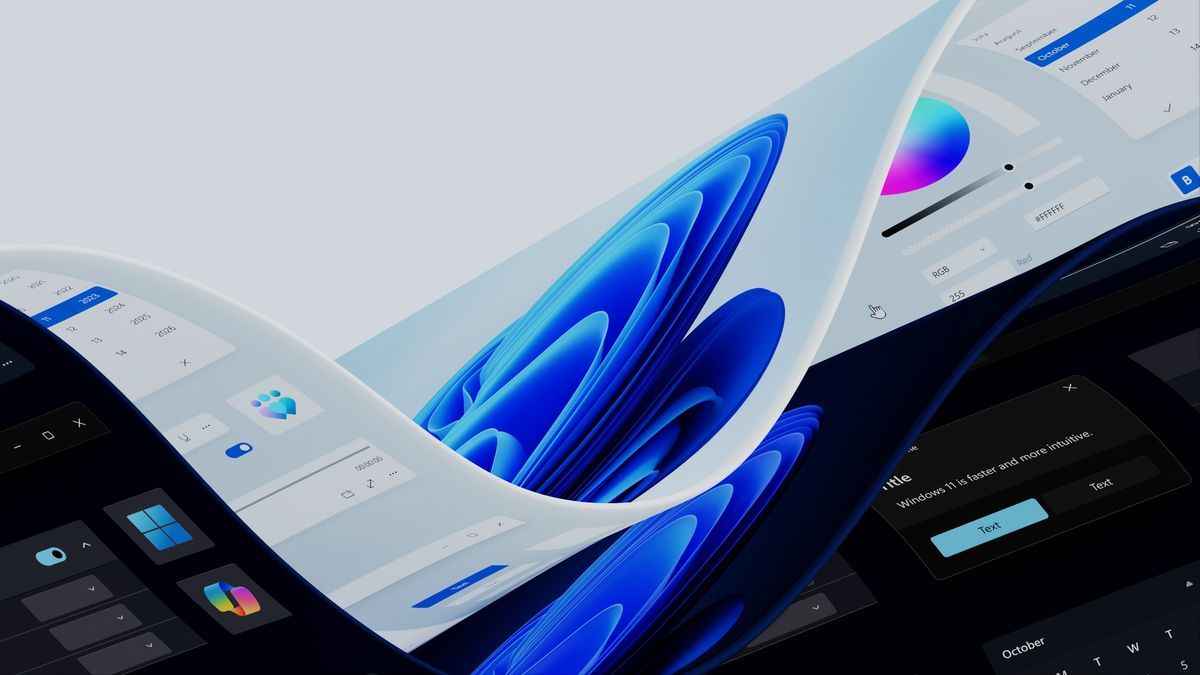
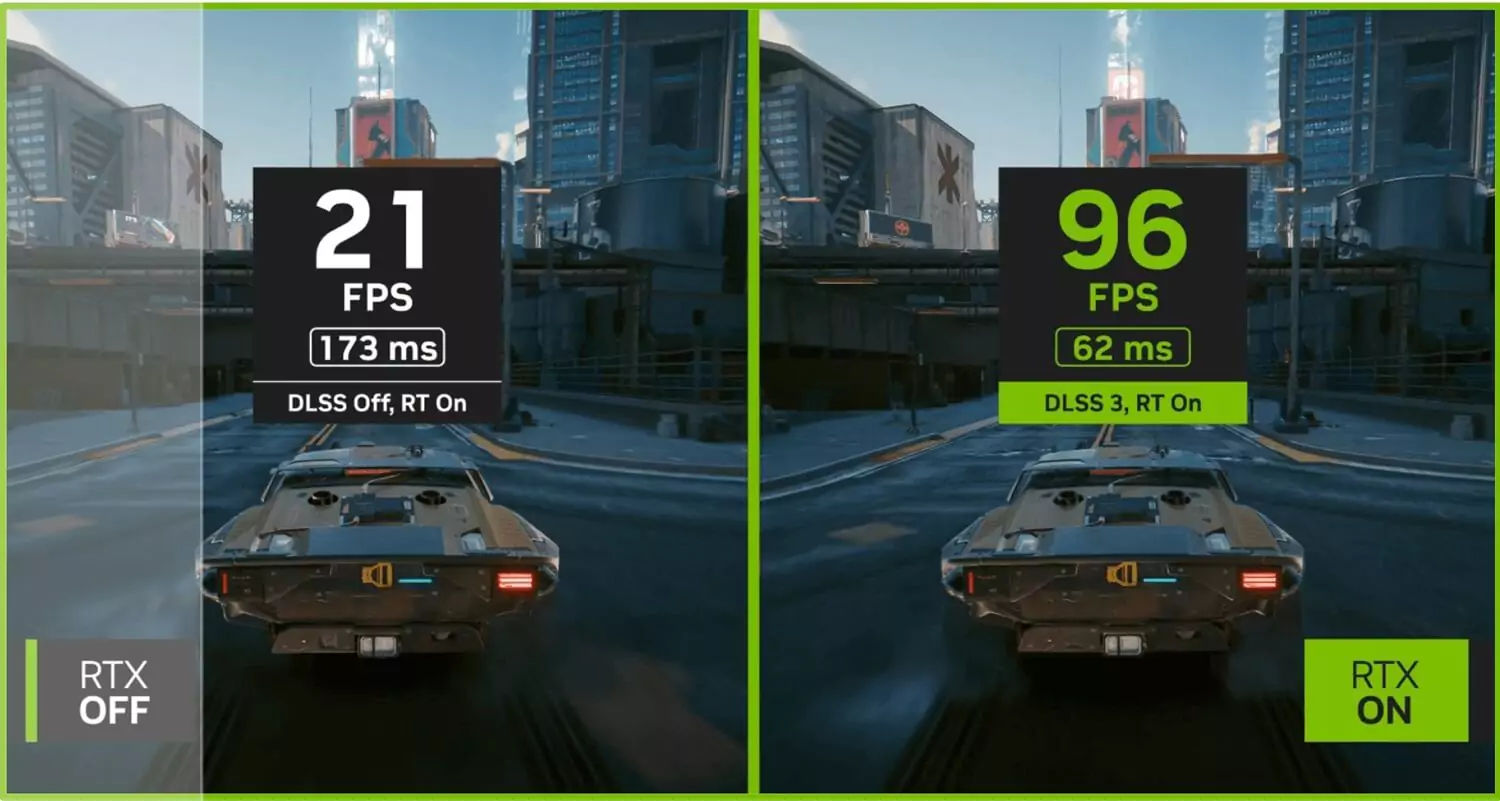
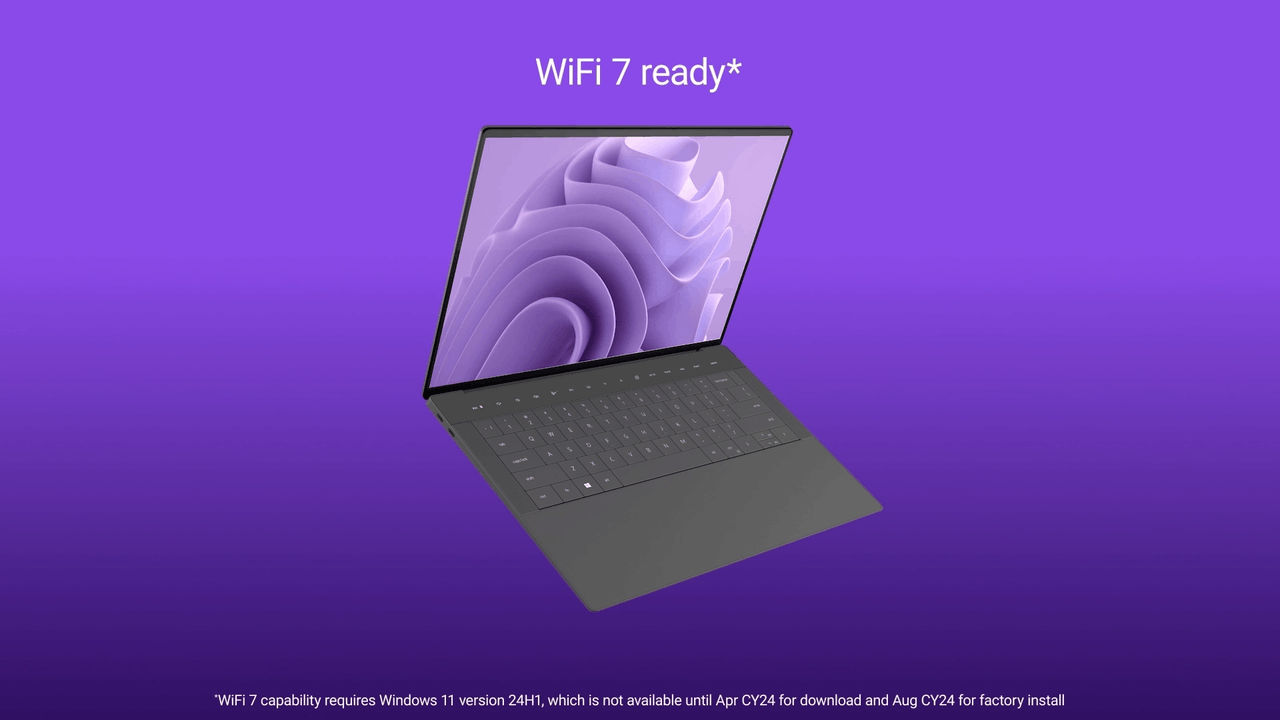

Comments ()